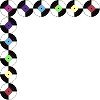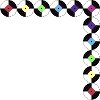
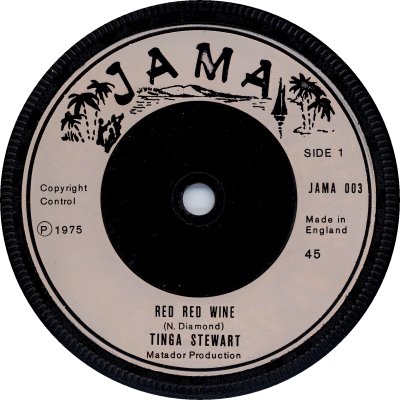
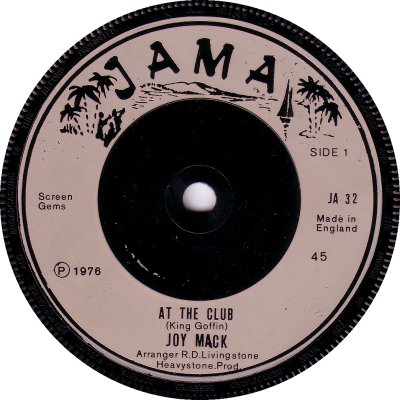
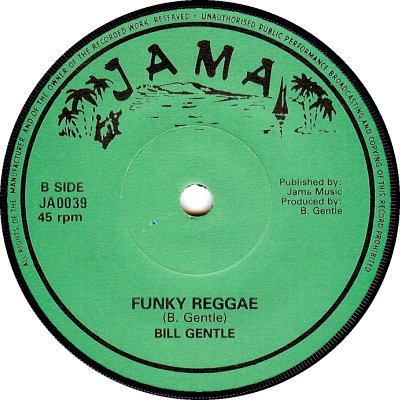
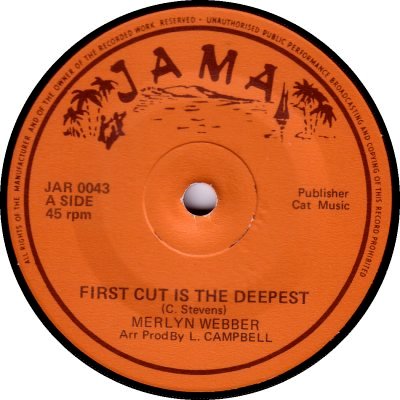

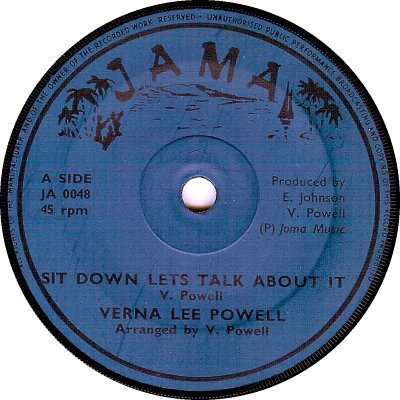
A Reggae company, run by Pat Rhoden, Tito Simon and Earl Martin. A larger and more robust organization than many of its competitors, Jama handled publishing and distribution as well as issuing records. In addition to its main Jama label it had at least two subsidiaries, Eagle and Love (q.v. both), and it operated from 1975 into the '90s. From 1976-77 the Jama labels were given mainstream distribution, through Transatlantic. 'Music Week' of the 24th of July 1976, reporting on the deal, said that it was an exclusive one, and that the first product to come under it would be records by Pat Rhoden, Tito Simon, Merlyn Brooks and Patrick Alley. The agreement extended to cover the company's 'ethnic' Eagle and Love labels. While Transatlantic would serve ordinary record shops Jama itself was to continue servicing 'West Indian' ones. Finally the article gave the names of three directors: Ewell Johnson (managing director), Rhoden and Martin. Despite the new outlet none of Jama's singles ever threatened the national Pop Charts. From 1978 onwards Jama concentrated on 12" singles, as did many other Reggae companies, but the occasional 7" slipped out, the last emerging in November 1981.
Numbering was somewhat haphazard, as the discography below shows. Prefixes varied, both 'JAMA' (2) and 'JA' (3) being used commonly; the first two releases had no prefixes on the label (1), only in the run-off, while one single had a 'JAR' prefix (5) and another a 'JAS'. The number of 0s in front of the actual number tended to vary too. With regard to labels, there were a couple of basic designs: the first two singles had a simple appearance with just the logo at the top (1), but for the third onwards the logo was joined by a land / seascape with trees (2). Initially, and during the Transatlantic period, Jama's records were manufactured by Phonodisc and had injection-moulded labels. Latterly the company looked elsewhere for manufacture, and paper labels in various colours were used. Singles with deep bevels and with narrow raised 'islands' around the spindle hole (5, 6, 7) appear to be Linguaphone pressings. Thanks to Robert Bowes for the fourth and seventh scans.
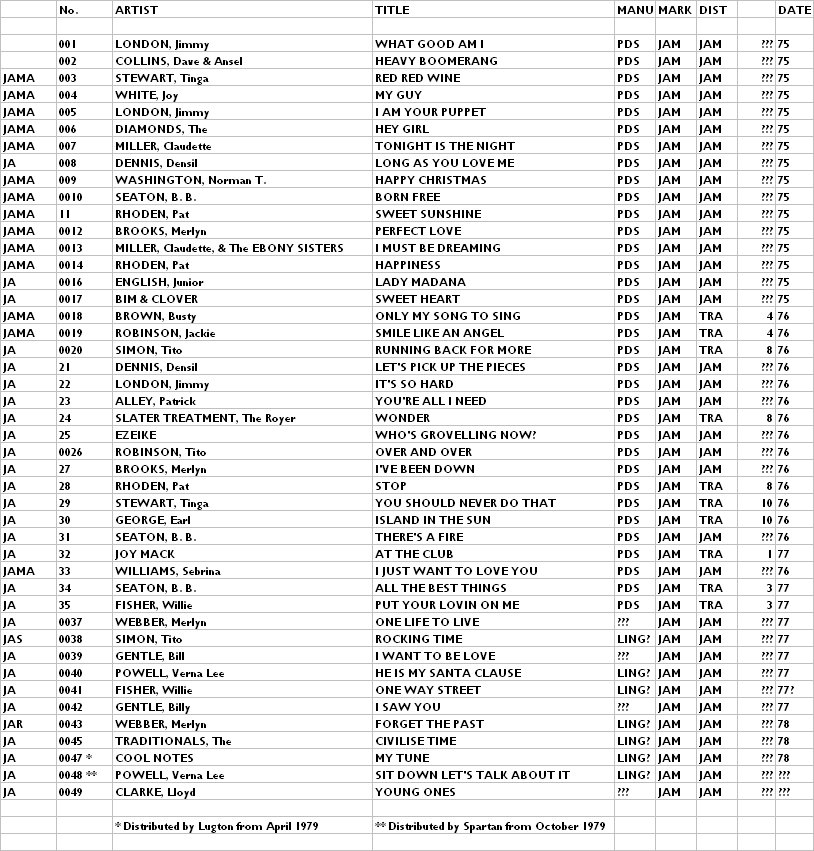
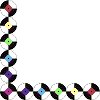

Copyright 2006 Robert Lyons.
